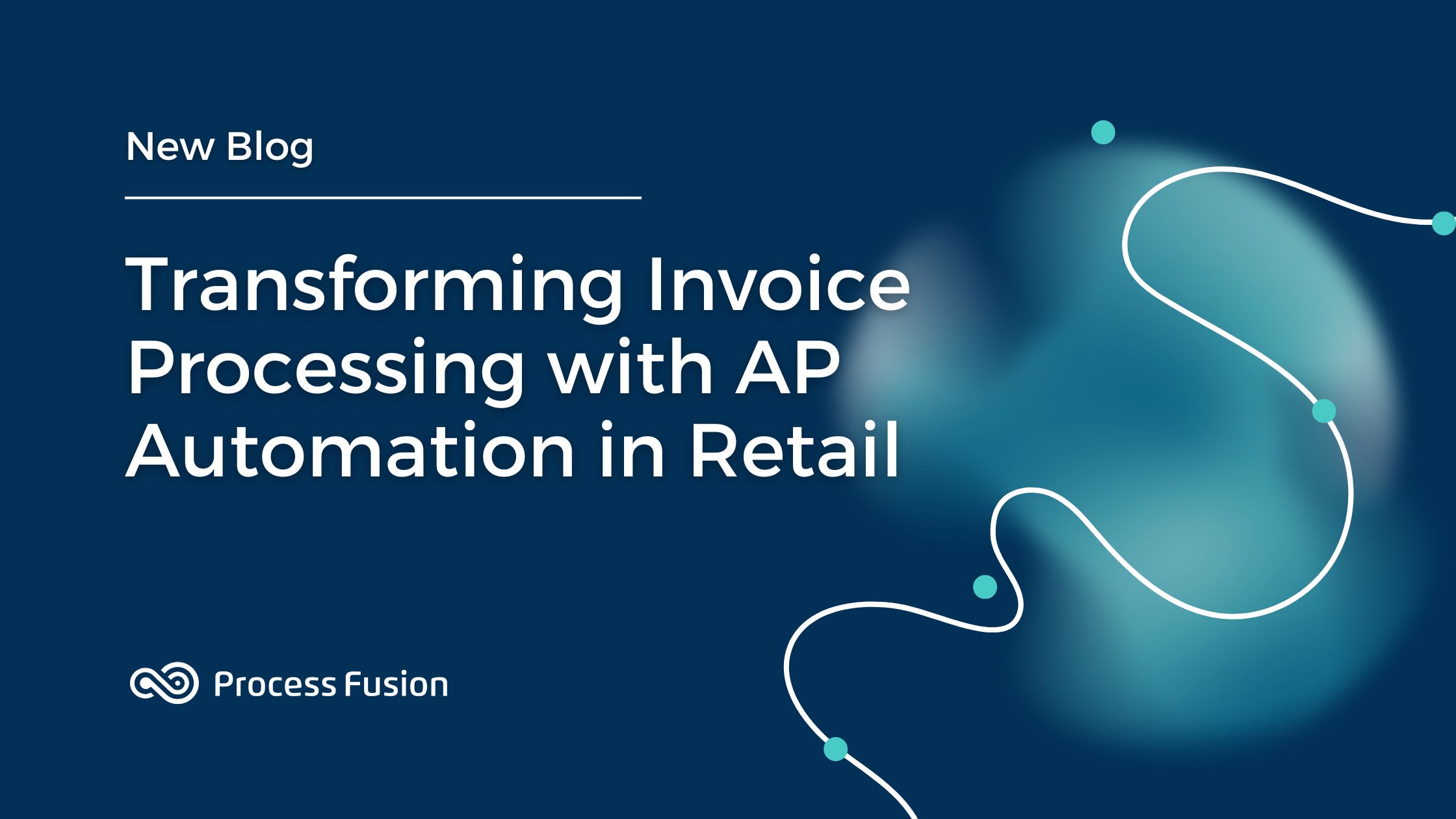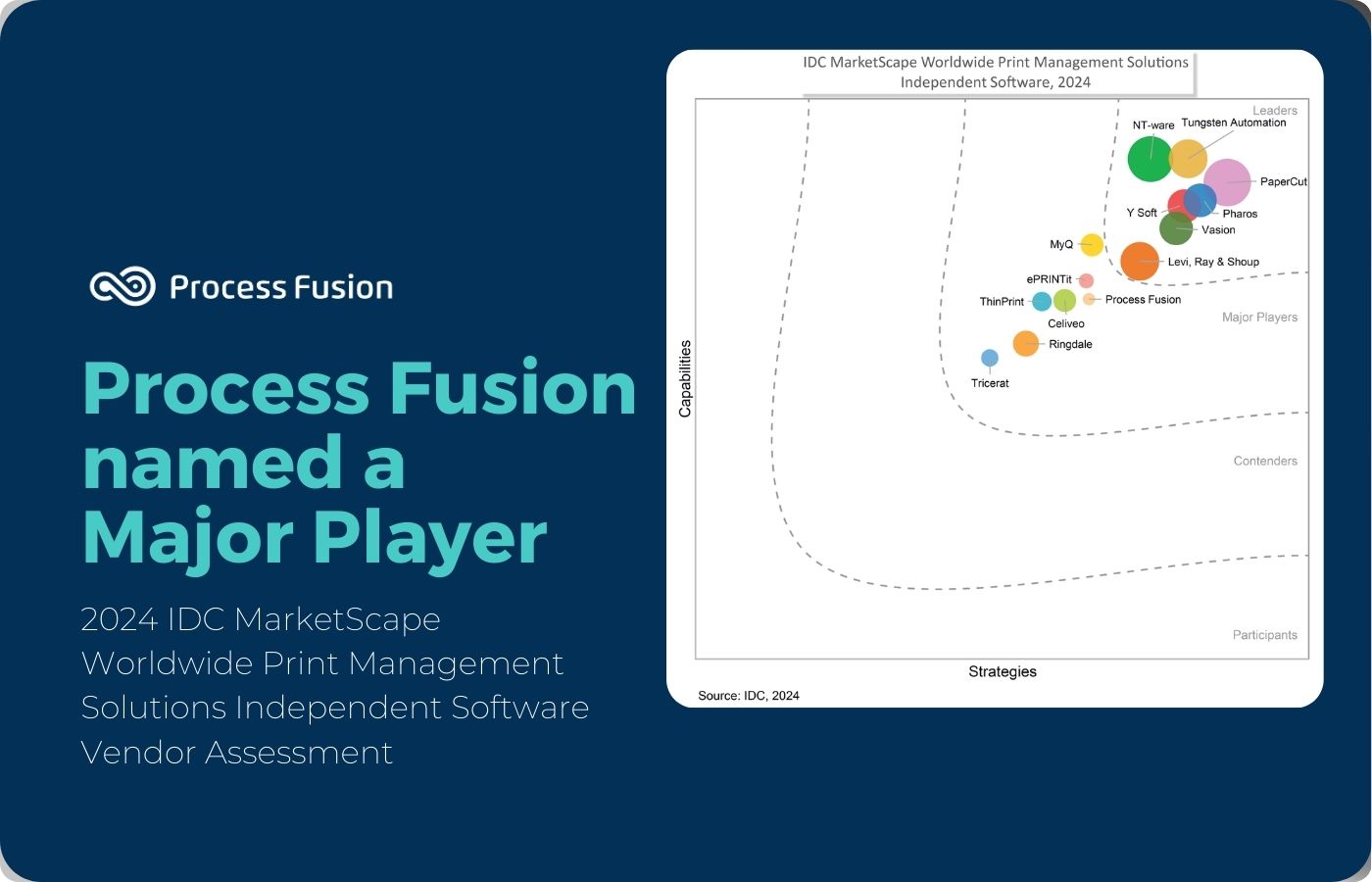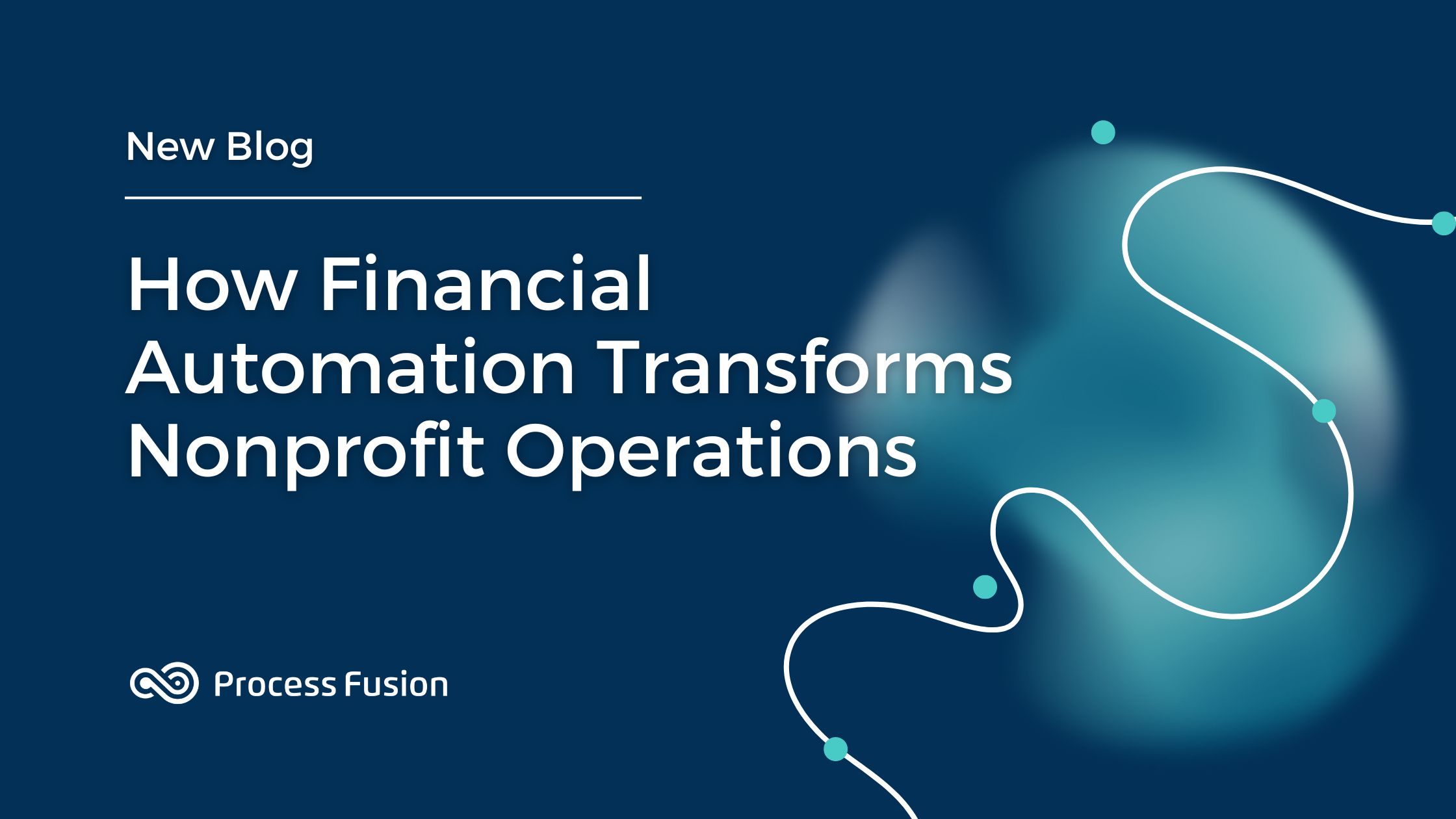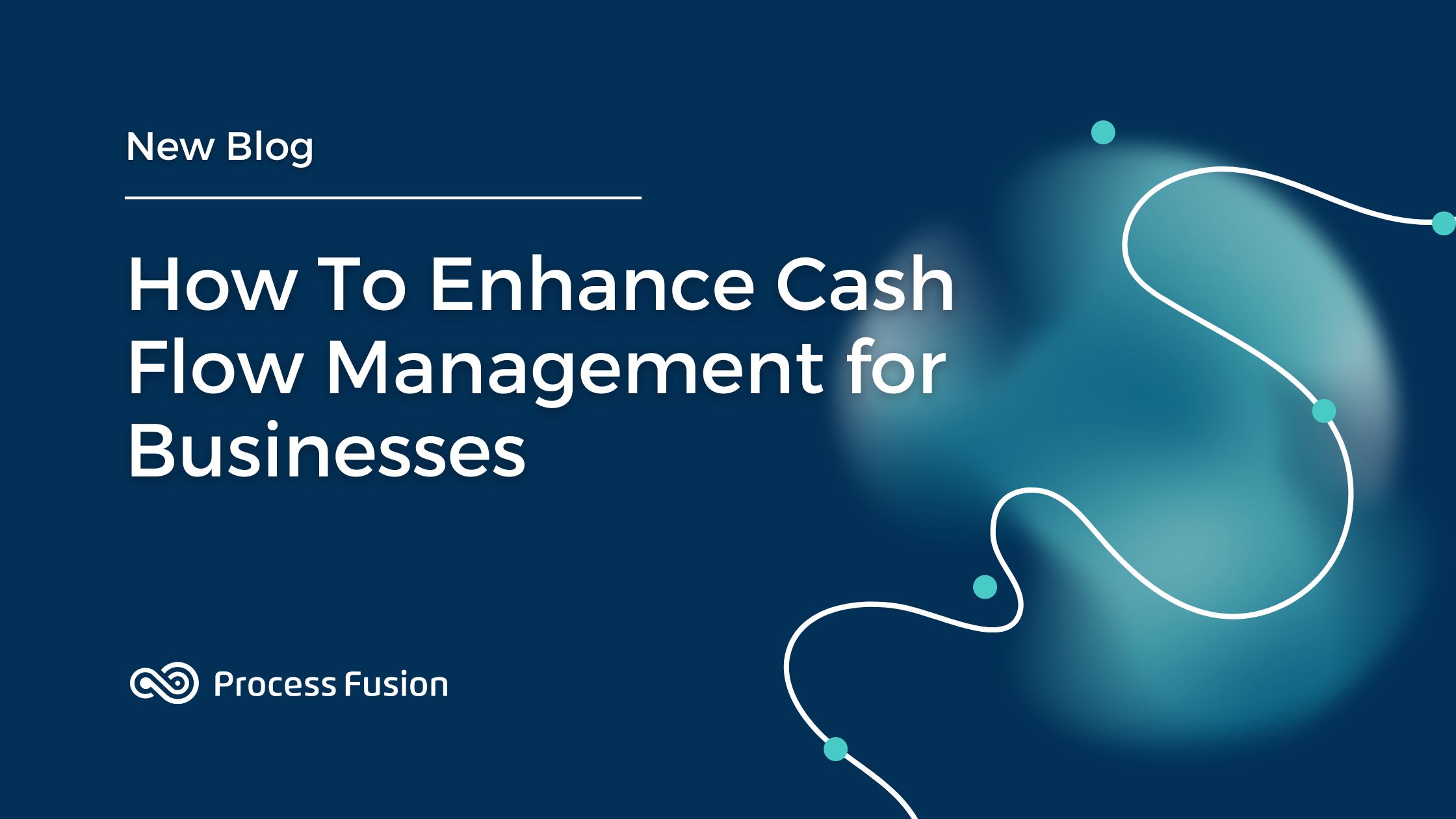
The retail industry encounters unique challenges when managing the accounts payable process. Handling high volumes of invoices, complex supplier relationships, and the need for speed and accuracy makes manual processes both costly and inefficient. To maintain a competitive edge, retailers are increasingly turning to AP automation to simplify workflows, reduce manual errors, and improve their bottom line. In this blog, we explore the importance of AP automation in retail, its benefits for the accounts payable department, and the success story of how Longo’s grocery chain enhanced its invoice process with automation.
What is AP Automation?
AP automation uses technology to streamline the accounts payable process. By automating tasks like data entry, invoice matching, and payment processing, retailers move away from paper-based systems, which improves efficiency. Instead of handling invoices manually, AP automation digitizes and automates tasks such as data entry and matching invoices with 2-way/ 3-way matching and GL coding.
Automation tools, such as PF360 Capture, use optical character recognition (OCR), Machine learning (ML) and artificial intelligence (AI) technologies to extract invoice data and match it with purchase orders or receiving documents.
After verification, the system routes the invoice for approval and proceeds with payment. As a result, retailers experience faster processing, fewer errors, and more time for their accounts payable department to focus on strategic tasks.
For retailers handling a high volume of invoices, automating the AP process enhances operational efficiency. The accounts payable department can minimize manual tasks, reduce human errors, and speed up invoice approvals and payments, thereby empowering the team to align better with the company’s broader financial objectives.
The Importance of Automating the Accounts Payable Process in Retail
Retailers frequently manage extensive supplier invoices, making manual processing tedious and error-prone. By automating, they unlock multiple advantages, especially in handling high volumes and complex networks. Let’s explore how automation becomes essential for today’s retailers:
1. Managing High Volumes Efficiently
Retailers process thousands of invoices monthly. For instance, Longo’s, a leading Canadian grocery chain, manages over 12,000 invoices each month. Without automation, handling this volume is time-intensive and error-prone. Employees must enter data, match it with purchase orders, and obtain approval from multiple departments, which significantly slows down the process and risks missing deadlines.
When retailers adopt AP automation, they immediately minimize manual labor. Automated software scans and matches invoices with relevant purchase orders or goods received documents. This approach enables rapid processing, helping the team manage high volumes without becoming overwhelmed.
2. Dealing with Complex Supplier Networks
Retailers often engage with diverse suppliers, each presenting unique payment terms, formats, and deadlines. Manually managing these complexities can lead to payment delays and errors. In some cases, suppliers offer early payment discounts, and manual inefficiencies can mean missed savings.
AP automation standardizes the accounts payable process by automatically matching invoices with correct purchase orders. This method ensures retailers consistently meet payment terms and capture early payment discounts. Additionally, automation helps track invoices with specific terms, so deadlines are always met.
3. Reducing Human Error in Invoice Processing
Processing invoices manually brings inevitable human errors. Data entry mistakes, lost invoices, and delayed matching lead to financial missteps, resulting in overpayments, duplicate payments, or missed deadlines.
By automating the accounts payable process, companies significantly reduce these errors. Automation captures invoice data accurately and routes it through predefined workflows. As a result, retailers benefit from correct invoice details before approval, which prevents costly errors and increases operational efficiency.
4. Faster Invoice Approval Workflows
In a manual system, obtaining invoice approvals often takes days or even weeks, slowing down cash flow and risking vendor relationships. However, AP automation accelerates this process by routing invoices instantly to the correct approvers, with automated reminders ensuring timely approvals.
With automated workflows, the accounts payable department gains control over the process, which ensures timely payments and reduces the risk of late fees and missed discounts. The streamlined workflow also allows managers to prioritize tasks and manage resources efficiently.
The Benefits of AP Automation in Retail
The benefits of AP automation reach far beyond basic efficiency, impacting cost savings, vendor relationships, cash flow, and scalability. Here’s a breakdown of the key advantages:
1. Operational Efficiency
AP automation greatly enhances efficiency by reducing manual tasks in invoice processing. Employees in the accounts payable department no longer need to spend hours on data entry, invoice matching, and approval chasing. Instead, they can redirect their efforts toward high-value activities, such as financial planning and vendor management.
Longo’s, for example, processes over half of its paper-based invoices using Process Fusion’s PF 360 Capture platform, which reduces manual workloads and significantly boosts operational efficiency.
2. Cost Savings
One of AP automation’s immediate benefits is cost reduction. Manual invoice processing demands significant staff time; as invoice volumes grow, so does the need for more personnel. Automation reduces or eliminates the need for additional staff, which results in substantial cost savings.
Longo’s avoided hiring additional staff to handle invoice processing by implementing Process Fusion’s solution, saving approximately $6,000 monthly in staffing costs. Automation also enables early payment discounts and prevents late payment penalties, adding further financial advantages.
3. Strengthening Vendor Relationships
Strong vendor relationships are essential in retail. Timely, accurate payments build trust and ensure reliable future dealings. Late payments or discrepancies can strain relationships, affecting pricing and delivery.
AP automation fosters positive vendor relationships by ensuring timely and accurate payments. With automation, retailers consistently meet payment deadlines, which improves vendor trust and strengthens partnerships. For Longo’s, AP automation significantly enhanced supplier communication, creating smoother operations and more consistent payment schedules.
4. Better Cash Flow Management
For retailers, effective cash flow management is crucial. AP automation provides real-time visibility into outstanding invoices, which allows companies to make informed decisions on payment timing, invoice prioritization, and cash flow management.
By automating the accounts payable process, retailers can optimize payment schedules to maintain a healthy cash flow. This capability leads to greater financial stability and enables better growth planning. When retailers manage their cash flow effectively, they maintain flexibility and resilience in their financial strategy.
5. Scalability for Growth
Retailers continuously expand, introducing more locations, suppliers, and invoices to manage. Yet, manual processes cannot scale efficiently with business growth, often causing bottlenecks and operational inefficiencies.
AP automation, however, scales easily with business growth. Automated systems handle increased invoice volumes without additional resources, which makes AP automation crucial for retailers aiming to expand without overburdening administrative teams.
Longo’s Success Story: Leveraging Process Fusion’s AP Automation
Longo’s, a well-known grocery chain in Canada, faced significant challenges as its accounts payable department managed over 12,000 monthly invoices. Using a manual system created bottlenecks, inefficiencies, and heightened errors, complicating operations.
To streamline its accounts payable process, Longo’s implemented Process Fusion’s PF 360 Capture, an automated document capture and processing solution. This solution simplified Longo’s AP operations by reducing manual intervention, speeding up invoice processing, and integrating seamlessly with their ERP system.
The results proved transformative:
- Time Savings & Productivity: With AP automation, Longo’s processed invoices faster and increased productivity without hiring extra staff.
- Cost Efficiency: Longo’s saved up to $6,000 monthly by reducing staffing needs, a direct result of the operational cost reduction achieved through automation.
- Enhanced Vendor Relations: By ensuring on-time payments, Longo’s improved vendor communication and established stronger relationships with suppliers.
Interested in learning more about Longo’s success automation story? Click here to read!
Conclusion
For retailers, automating the accounts payable process is no longer optional—it’s essential for long-term success. AP automation enables retailers to manage high invoice volumes, reduce manual errors, and improve cash flow, all while saving time and costs. Longo’s success with Process Fusion’s AP automation solution illustrates the transformative impact automation can have on a retailer’s accounts payable department, enhancing efficiency, reducing costs, and strengthening vendor relationships.
Retailers aiming to streamline their operations, enhance their financial processes, and grow should consider AP automation a strategic investment. By modernizing accounts payable, businesses can optimize operations, strengthen financial control, and build a strong foundation for sustainable growth.
If your retail business is ready to embrace AP automation, reach out to Process Fusion for a consultation to learn how you can transform your accounts payable process today.




